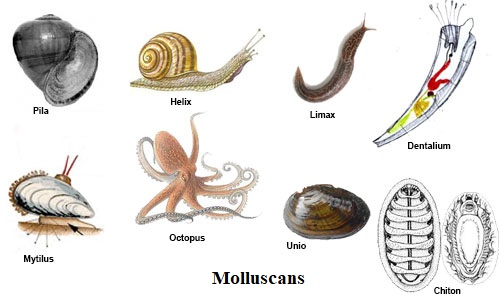20 Top Wildlife Sanctuaries in India | Biology Blog

Top 20 Wildlife Sanctuaries In India Protecting wild plant and animal species and their habitats is known as wildlife conservation. In addition to preserving nature for future generations to enjoy, wildlife conservation aims to raise awareness of the value of wildlife and wilderness areas for both people and other species. 🌳 Need Wildlife Conservation Notes? Get simplified, exam-ready notes on Wildlife Conservation at a student-friendly price. Perfect for school and competitive exams. Don't struggle alone—get help now! 📩 Mail Us for Notes 📚 Top Biology Topics Sycon Canal System Whittaker's Five Kingdom Classification Aurelia Aurita Life Cycle Difference Between Prokaryotes & Eukaryotes Menstruation Cycle Structure of Ovum Why Living Orga...


